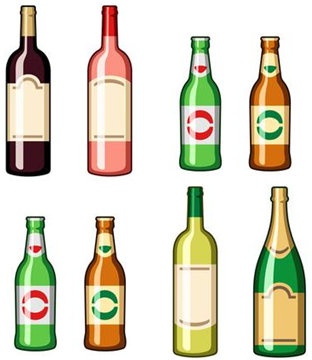 The development and promotion of lower strength alcohol products may help reduce alcohol consumption and associated harms at the population level. 3,390 weekly wine and beer drinkers sampled from a nationally representative UK panel participated in an experiment in which they were randomised to see different wines and beers labelled with different verbal descriptors denoting lower alcohol strengths, with or without a number denoting the percentage alcohol by volume (%ABV). Participants then reported their perceptions of the type of person that would find the drink they had been randomised to see appealing and the type of occasion on which it was likely to be drunk.
The development and promotion of lower strength alcohol products may help reduce alcohol consumption and associated harms at the population level. 3,390 weekly wine and beer drinkers sampled from a nationally representative UK panel participated in an experiment in which they were randomised to see different wines and beers labelled with different verbal descriptors denoting lower alcohol strengths, with or without a number denoting the percentage alcohol by volume (%ABV). Participants then reported their perceptions of the type of person that would find the drink they had been randomised to see appealing and the type of occasion on which it was likely to be drunk.
Pregnant women, sportspeople and those aged 6-13 years old were perceived as the target groups for products labelled with 0%ABV or the verbal descriptors Low or Super Low. Men, women, and those aged above 18 were perceived as the target groups for products labelled with higher %ABV. Participants also perceived the products labelled with 0%ABV or the verbal descriptors Low or Super Low as targeting consumption on weekday lunches, whereas products labelled with higher %ABV were rated as targeting dinner/evening occasions, including parties, holidays and celebrations. Lower strength products were therefore seen as targeting non-traditional consumers (pregnant women) and occasions (weekday lunchtimes), suggesting these products may be perceived as extensions to regular strength alcoholic drinks rather than as substitutes for them.
What are the perceived target groups and occasions for wines and beers labelled with verbal and numerical descriptors of lower alcohol strength? An experimental study. BMJ Open. Vasiljevic M, Couturier DL, Marteau TM.
